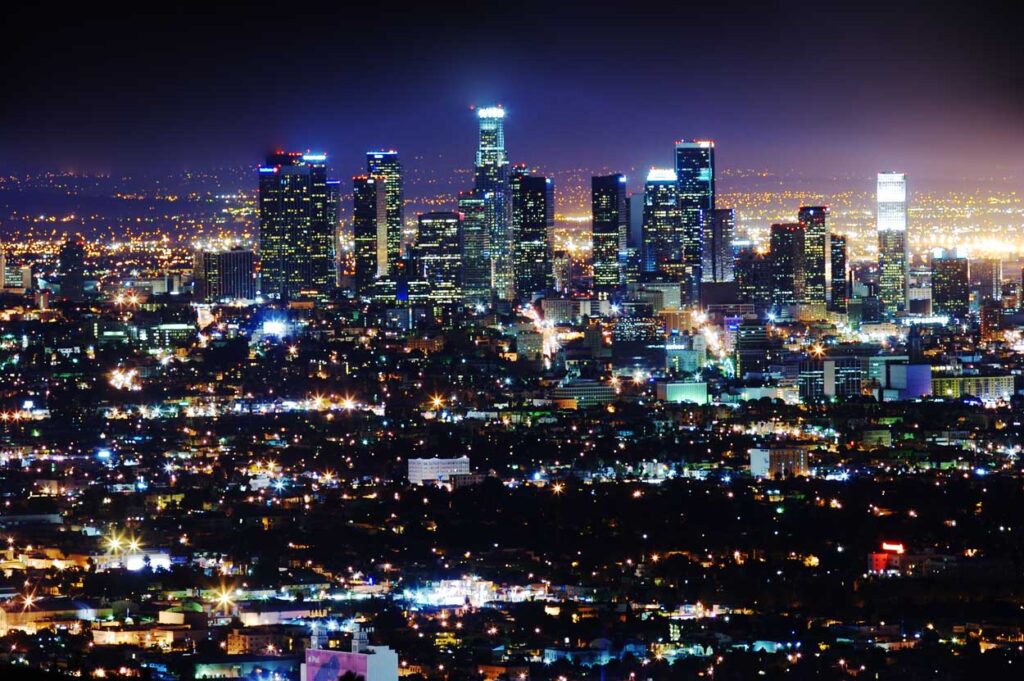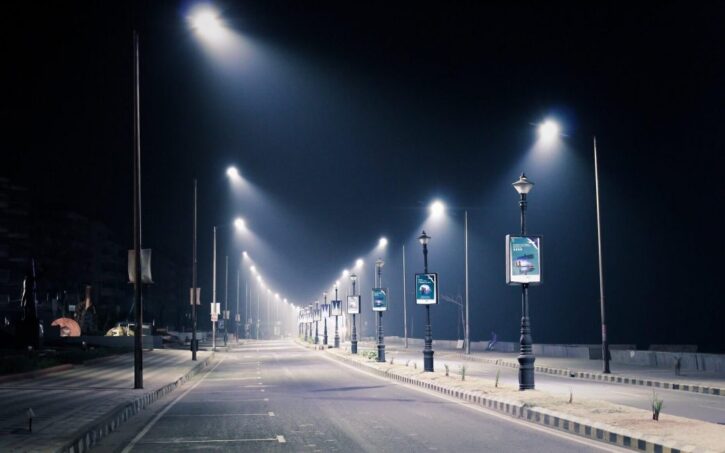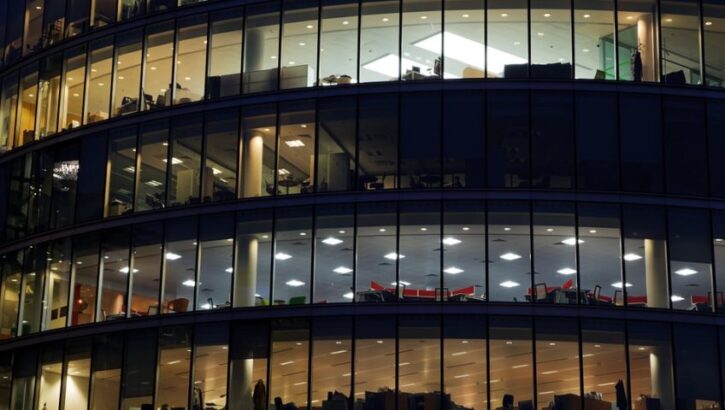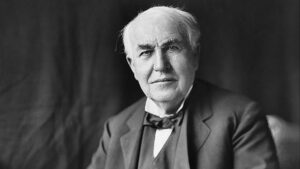
Source: cities-today.com
LED lights are becoming increasingly popular for a variety of reasons. They’re energy-efficient, long-lasting, and easy to manage. They can also be used to improve the sustainability of cities. In this blog post, we will explore some ways you can make your city more sustainable with LED lights. We’ll discuss how they can be used to improve public health, reduce pollution, and create a more aesthetically pleasing environment.
LED Benefits for Cities

LED lights are becoming increasingly popular for use in cities because of their many benefits. Here are three main reasons to switch to LED lighting in your city:
- They are environmentally friendly. Compared to traditional light sources, like incandescent and fluorescent bulbs, they use less energy and produce less heat, which means they can save cities money on energy costs.
- They are more durable than other types of lights. They last longer without failing and are resistant to vandalism.
- They have better color quality than other types of light. This means they can create a more pleasing visual environment and help improve city aesthetics.
LED Applications in Cities
There are many ways that LED lights can be used to make cities healthier and more sustainable. Below are just a few examples:
- Traffic lights. They can be used to replace traditional traffic lights with more energy-efficient models that use less power and last longer. This could help reduce energy consumption and environmental impact, making cities more sustainable.
- Street lights. They can use significantly less power than traditional street lights, which means they can be more easily replaced with more efficient models and save money on energy costs. They also last longer, meaning less need for replacement over time.
- Signage and markings. They can be used to replace traditional signage and markings with more energy-efficient models that use less power and last longer. This could help reduce the amount of energy needed to run city infrastructure, making cities more sustainable overall.
- Exterior lighting systems. LED exterior lighting systems use less power than traditional systems, which means they can have a significant positive impact on the environment by reducing energy consumption and emissions from city infrastructure.
- Buildings. They can have a number of significant environmental benefits, including reduced energy consumption and emissions, reduced maintenance costs, and lower energy bills.
LED Implementation in Cities

There are many ways to make cities healthier and more sustainable with LED lights. Here are a few examples:
- Use LED street lights to reduce energy costs and improve traffic safety.
- Reduce CO2 emissions by using them in areas that produce the most pollution.
- Use them to improve air quality and reduce environmental impacts.
- Use them to create an awareness of climate change, promoting renewable energy solutions.
Conclusion
LED lights have revolutionized the way we light up our cities, and there’s no stopping their progress. From replacing inefficient bulbs in public places to helping us save energy and money, they are playing a big role in making our cities more sustainable. In this article, we give you a few tips on how to make the most of these efficient lights and make your city look brighter and cleaner than ever before.









